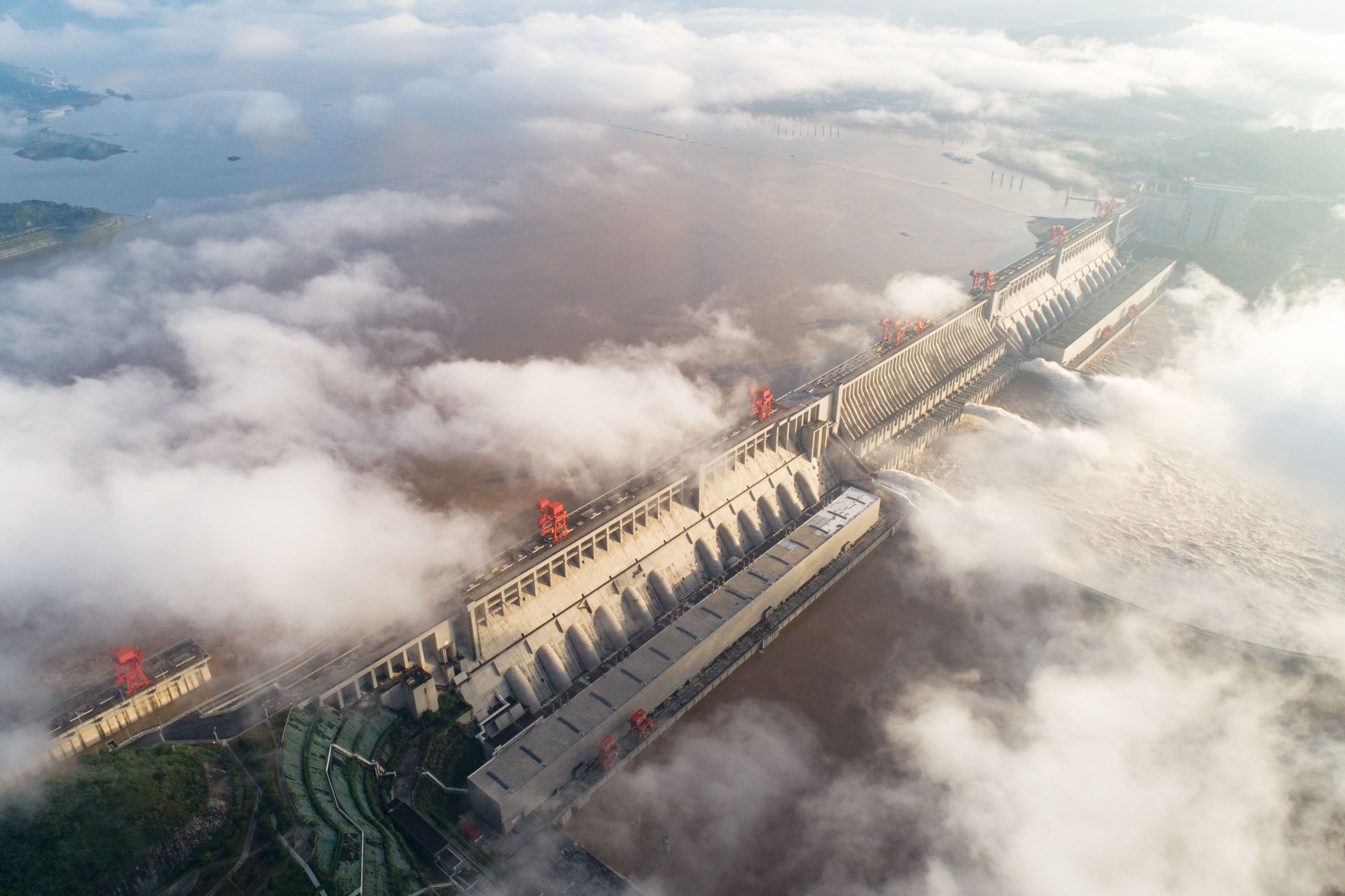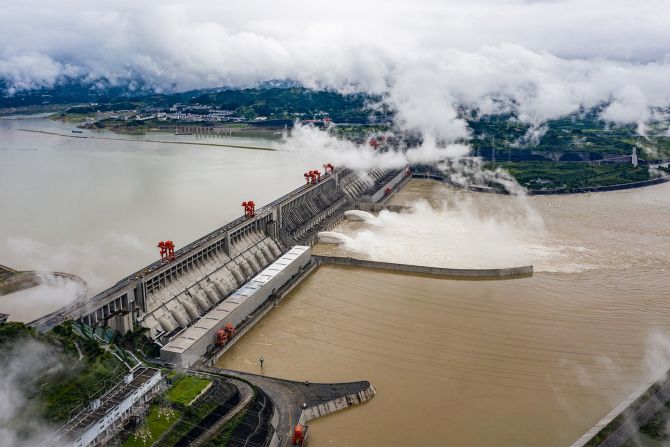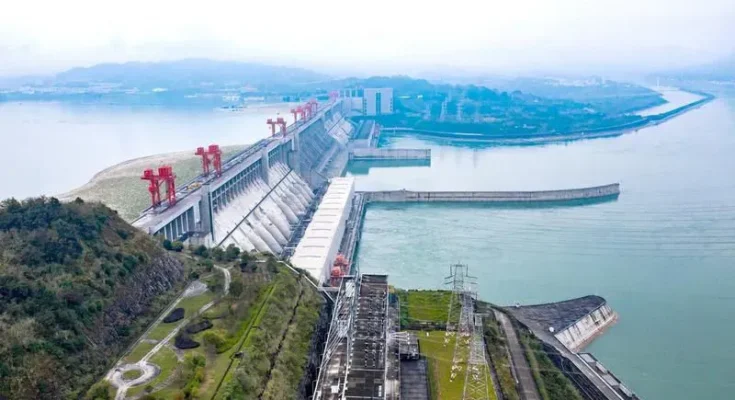The Three Gorges Dam in China is an engineering marvel, both in terms of its sheer size and the significant impact it has on Earth’s natural systems. Standing at over 590 feet (180 meters) high and stretching over 7,770 feet (2,330 meters) long, this hydroelectric dam is the largest of its kind in the world. Its massive size and the extraordinary amount of water it holds have not only made it a powerhouse of renewable energy but have also led to measurable changes in the planet’s rotation.

At the heart of the Three Gorges Dam is a reservoir that spans a vast area of over 400 square miles (1,045 square kilometers). This enormous water body, created by damming the Yangtze River, stretches for approximately 370 miles (600 kilometers) upstream, effectively reshaping a significant portion of the river’s landscape. The reservoir holds more than 39 trillion kilograms (86 trillion pounds) of water, and this immense mass has had a profound effect on Earth’s rotation.
The dam’s ability to alter Earth’s rotation stems from the way it redistributes mass across the planet. As the water is held back by the dam, it shifts the center of mass, effectively changing the distribution of weight on Earth. This phenomenon is similar to other large-scale natural events, such as the shifting of mass caused by major earthquakes or the melting of glaciers. While these events are sporadic and happen infrequently, the Three Gorges Dam represents a continuous, ongoing redistribution of mass, albeit on a much more gradual scale.

The impact on Earth’s rotation is measurable, though subtle. Studies have shown that the mass displaced by the Three Gorges Dam has caused a very slight change in the length of a day. Specifically, it has lengthened each day by about 0.06 microseconds. This may seem negligible, but it underscores the fact that even massive human-made structures can have a measurable effect on the Earth’s natural systems.
The dam’s influence on the planet’s rotation is not the only environmental effect of its immense scale. The construction and operation of the Three Gorges Dam have led to a variety of ecological changes in the Yangtze River and the surrounding areas. The reservoir has submerged a vast number of villages, towns, and cultural sites, displacing millions of people and forever altering the region’s human geography. Additionally, the dam has had a significant impact on local ecosystems, both in terms of aquatic life and the surrounding environment.
Fish species that once thrived in the Yangtze have been affected by the change in the river’s flow, and the temperature and chemical composition of the water in the reservoir are different from the river itself. This shift has created challenges for native species and has led to changes in the biodiversity of the region. For example, the iconic Chinese paddlefish, once native to the river, has been driven to the brink of extinction, partly due to the dam’s creation.
The environmental consequences of the Three Gorges Dam are not all negative, however. The dam has provided a significant amount of clean, renewable energy, helping to meet China’s growing demand for electricity. It is estimated that the dam generates more than 22,000 megawatts of electricity, which is enough to power millions of homes and businesses across the country. This has had a positive impact on reducing the reliance on fossil fuels and has contributed to efforts to combat climate change.
Furthermore, the dam has helped with flood control, a major concern in the region. The Yangtze River is prone to flooding, particularly during the monsoon season, and the Three Gorges Dam plays a crucial role in managing water levels. By controlling the flow of the river, the dam helps prevent devastating floods that could otherwise cause significant damage to the surrounding areas.
Despite its positive aspects, the dam remains controversial. The cost of building and maintaining such a massive structure has been enormous, both financially and in terms of the human toll it has taken. Over a million people were displaced during its construction, and the flooding of the reservoir led to the loss of many cultural heritage sites. The long-term environmental impacts of the dam are still being studied, and the disruption of ecosystems caused by the change in water flow is a significant concern.
The Three Gorges Dam is a testament to human ingenuity, but it also serves as a reminder of the unintended consequences that can arise from altering natural systems on such a large scale. While it may have provided a significant boost to China’s energy production and flood control capabilities, the environmental and societal costs have been substantial. Its effect on Earth’s rotation, though minuscule, highlights the profound influence that large human-made structures can have on the planet’s natural processes, offering an interesting perspective on how human activities can interact with the Earth’s systems in ways that are not always immediately apparent.
In conclusion, the Three Gorges Dam is a marvel of modern engineering, but its construction and operation have led to lasting changes in both the physical and environmental landscape of China. Its effects on Earth’s rotation, though minimal, are a reminder that large-scale projects can have far-reaching consequences, both seen and unseen, on the planet’s natural systems. As humanity continues to build and shape the world around us, it’s important to consider the long-term effects of such massive undertakings and strive for a balance between progress and sustainability.



